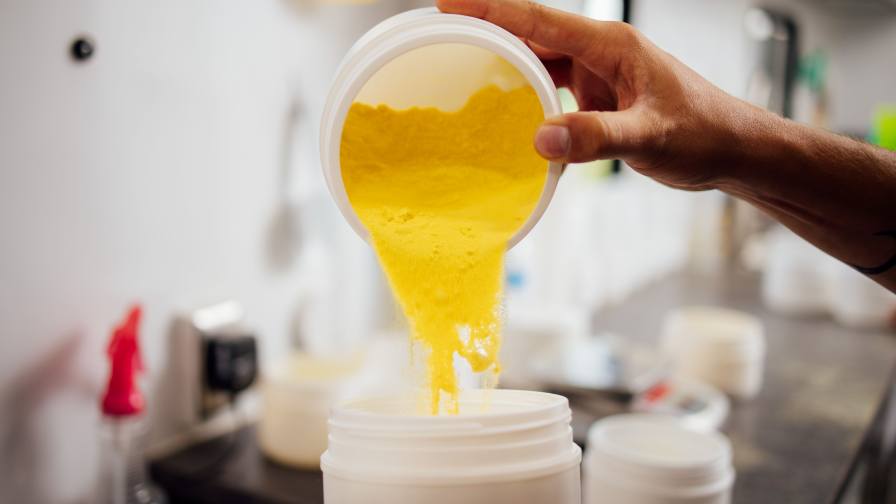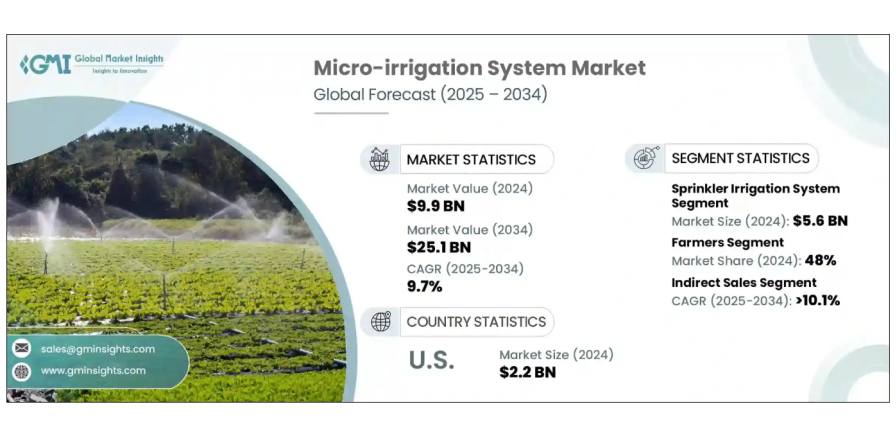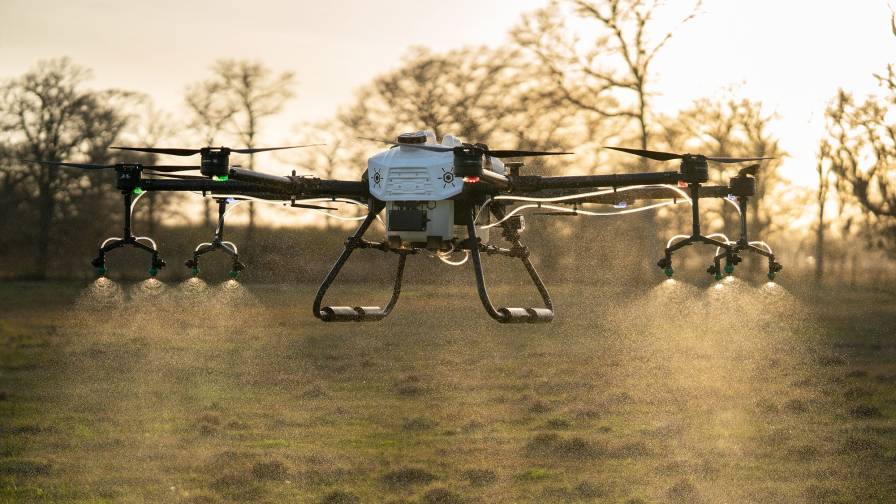The 2025 CropLife/Purdue Precision Adoption Survey: Making Way for New Ag Tech
Editor’s note: The CropLife/Purdue Precision Survey is the longest-running continuous study of precision farming adoption, conducted at least every other year since 1996. The 93 agricultural retailer input supplier respondents mostly from the Midwest included cooperatives, independent retailers, and those part of a regional or national chain. The results reported are for dealers that identified as primarily working with field crops such as corn, soybeans, wheat, rice, cotton, milo, sugar beets, and forages. Dealers that work with specialty crops such as tree fruits and nuts, vegetables, berries, and grapes are analyzed separately. A full report detailing all of the 2025 results will be posted online later this year. The full report from the 2024 survey, and also previous years, can be accessed here.
The year 2025 finds precision agriculture at a crossroads of several maturing technologies with some newer ones in the mix, all looking for their fit with farmers and their crop input dealers, report Bruce Erickson and James Lowenberg-DeBoer at CropLife, a sister brand to the Global Ag Tech Initiative.
In last year’s survey and the resulting 2024 article, we focused on the promise of what this newer class could bring to crop production and ag retail’s role. In contrast the “classic precision agriculture” set — which for the most part originated in the 1990s and included precision soil testing, VRT fertilizer, and lime applications, variable seeding rates, imagery, and yield monitors — had for two decades mostly ridden an upward (but often bumpy) wave of technology adoption. Autoguidance and section controllers came along in the early 2000s and caught on relatively quickly. While some in that classic set are still finding their place, dealers are optimistic about machine vision for weed control and other precision pest management, crop inputs applied with UAV/drones, and robotics for soil sampling, scouting, and mechanical weeding.
Dealer Use, Offerings of Precision Ag
Dealers are using autoguidance on 85% of their custom acres, and sprayer boom or nozzle control on 76% of their custom acres. Fifty-three percent of dealers are using telemetry to exchange information, and 48% using GPS fleet management for vehicle tracking and logistics, both up from years past (not shown).
MORE BY CROPLIFE
Beyond Disruption: Earning Trust and Driving Impact in AgTech Through Grower-Led Innovation
Dealers were asked what precision/digital products they are currently offering to their farmer customers, and if not now, will they be offering in three years? The greatest numbers planning to add are for machine vision weed detection on sprayer (now at just 4% but 19% will add, Figure 1), VRT for custom pesticide applications (40% now and 17% will add), and profit/cost mapping (24% now and 15% will add). Other areas anticipated for growth by dealers are in VRT irrigation prescriptions and crop inputs applied with a UAV/drone.
In 2025, fewer dealers indicated they were offering some of the long-time staples of precision agriculture, including precision soil sampling, yield monitors, and other data analysis, VRT for their custom fertilizer applications, VRT seeding prescriptions, and imagery (Figures 2 and 3). We have observed this downward trend in these offerings in the last few years, as noted in our 2024 article.
Respondents are different every year, so a few points up or down in any one year doesn’t always signal a trend. With uncertainty in the ag retail business and farmer customers worried about tight crop margins, dealers may be focusing on what has been their reliable income streams — fertilizer, seed, and pesticide sales, and custom applications. A lower percentage of dealers offering these dovetails with similar, but mostly less dramatic decreases reported with these technologies on farms in their trade areas (Figures 4 and 5).
Farmer Use of Precision Ag
Dealers report on the percentage of acres in their trade area of farmers using certain digital ag technologies. Most acres use guidance, a combine yield monitor, section controllers, precision soil testing, and planter controllers, as has been the case for the last few years (Figure 4).
Read more at CropLife.









